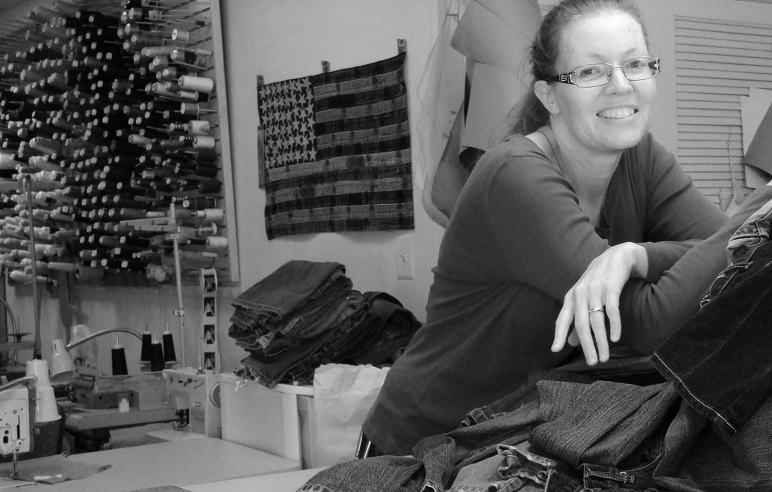I looked into a Fashion Design School, in Troy, MI, that advertises on the TV, but after going thru the process and not getting the answers I needed I decided not to go that route. I wasn't interested in a year of remedial math and english and I was hoping to place out of those courses based on my College education. I was told I could, but was given the run-around when it came to actually getting any information about a revised schedule. The tuition for the school would have equaled about 23,000, so it wasn't something I wanted to fool around about. I wanted definitive answers before I got completely involved and it wasn't given satisfactorily. A word of caution, read everything!!!! I was presented with a contract that I was told was non-binding, I read the entire thing, and I made them cross off, initial and make a copy for me, because there was a section that said I was responsible for the tuition EVEN IF I DECIDED NOT TO ATTEND. It could have been a problem, but because I read everything, and made the appropriate changes it wasn't.
After this experience, and an unwillingness to relocate, I decided, after the 23,000, a couple hundred on Pattern drafting books was nothing!
I picked up several Pattern Drafting and Draping books, Pattern Drafting and Dressmaking
I get enjoyment from flipping thru the books and visualizing dart movement, I have found it useful when doing DIY projects, it has opened up my eyes as to what is possible. Darts on the neckline if it is accidently made too large and other possiblities I hadn't thought of before. I will definately purchase more Patternmaking Books
Sewing is really my skill, Pattern Drafting is time consuming for me. But it is really just a matter of pratice. I've been successful when I've put my mind to it and it is absolutely necessary when making garments to sell to the public.
